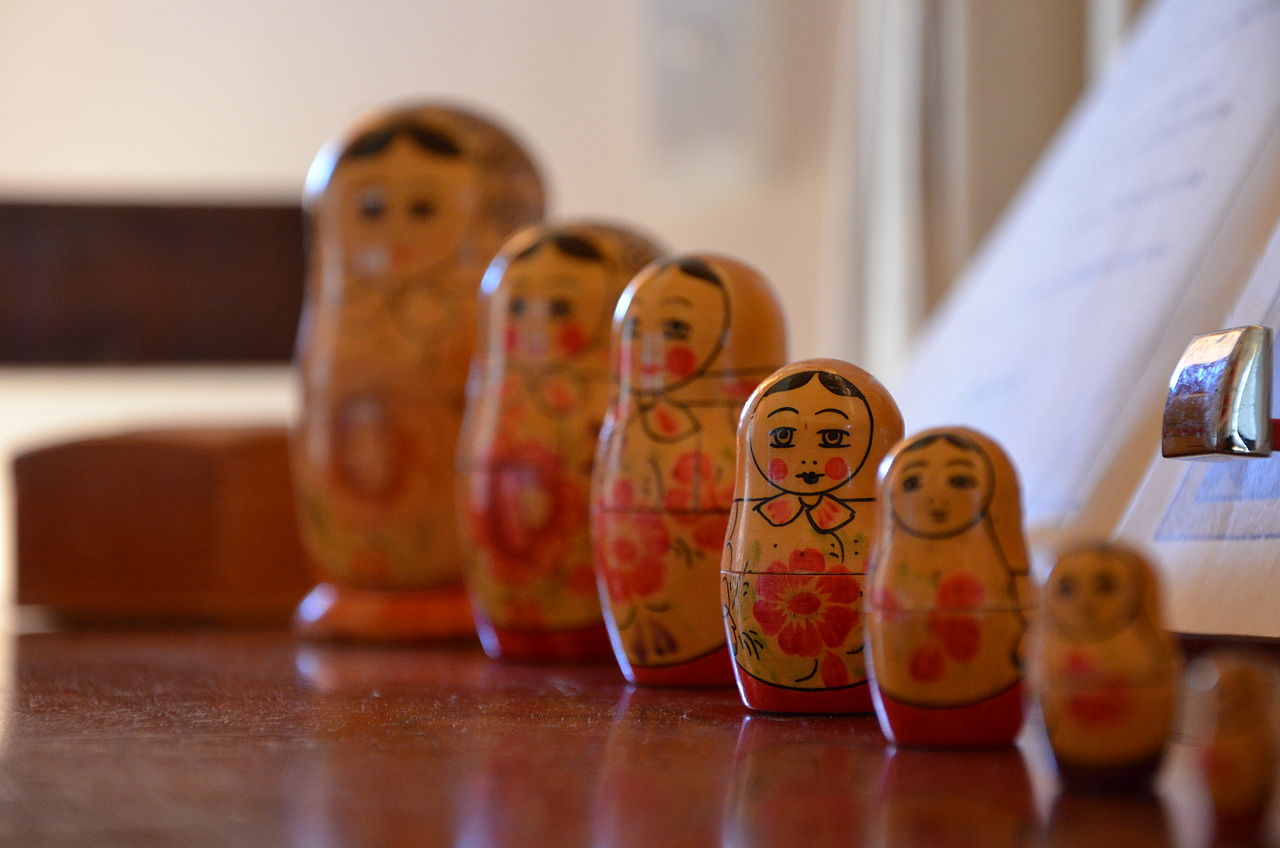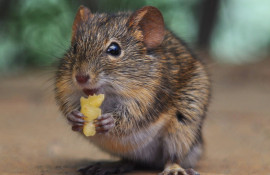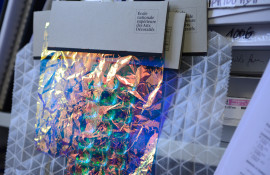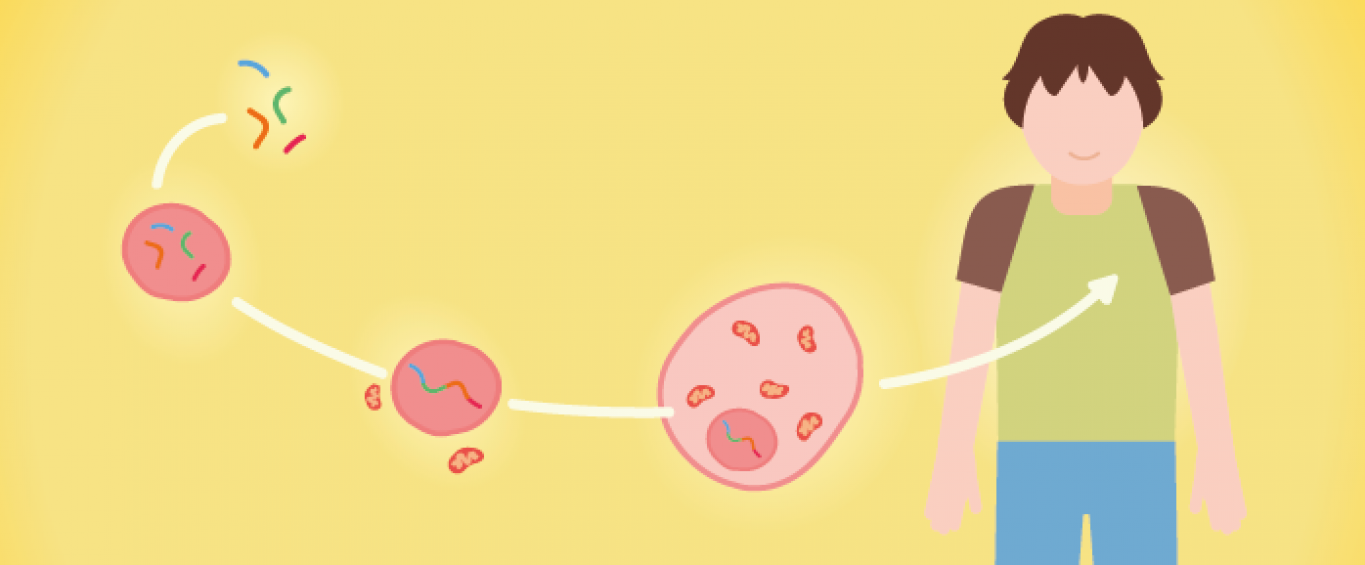
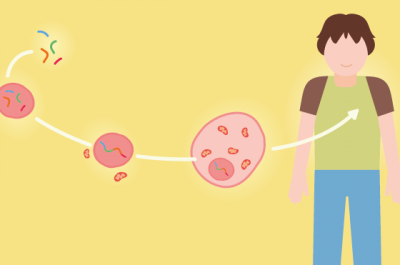
Paul Rainey - biological complexity

Paul Rainey is a world specialist in the field of evolutionary genetics. He joined ESPCI ParisTech in 2016 to further his research on the emergence of biological complexity.
In this focus, he helps us understand how, in the process of evolution, organisms transformed from single-cell units to multicellular life.
Biological complexity
Living organisms are hierarchically structured, rather like a set of Russian dolls.
For example, multicellular organisms are comprised of cells, which contain organelles. Cells also contain a nucleus within which there are chromosomes - and chromosomes are comprised of genes.
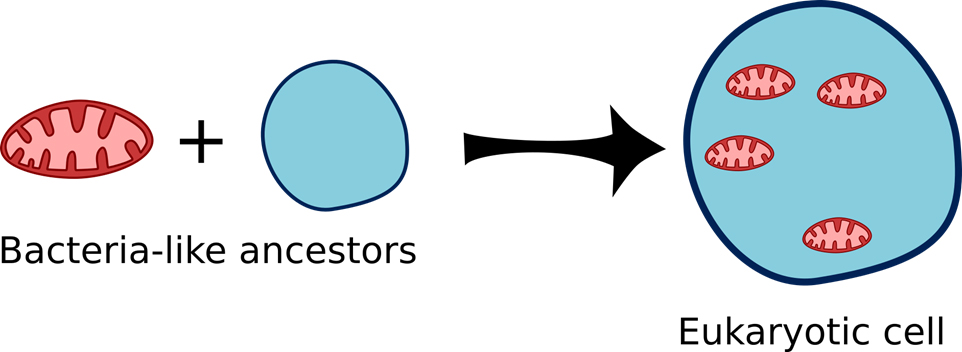 How such organisation emerged is unclear, but there is a distinct sense that life began as simple self-replicating chemistries that merged to form networks of chemistries: self-replicating genes merged to form chromosomes, two distinct bacterial-lied cells merged to form the eukaryotic cell, and so forth.
How such organisation emerged is unclear, but there is a distinct sense that life began as simple self-replicating chemistries that merged to form networks of chemistries: self-replicating genes merged to form chromosomes, two distinct bacterial-lied cells merged to form the eukaryotic cell, and so forth.
A pattern thus emerges of major evolutionary transitions where lower-level autonomously replicating entities merge to form a single corporate body.

This same idea holds when it comes to the evolution of multicellular life — that single cells merged into a single corporate body and, as they did so, largely relinquished their right to autonomous replication.
But what would cause single-cell entities to do this? For what benefit, and at what cost?
Experimental evolution

The cooperating cells pay a cost associated with production of adhesive glues, but reap a significant benefit, which is access to a limited resource: oxygen. Access to oxygen comes from the formation of a mat at the air-liquid interface of broth-filled test tubes.
Along with cooperation comes its nemesis, cheating. Any time individuals cooperate at some cost to self, the scene is set for the evolution of types that take advantage of the collective good. Such cheating types are readily observed in Rainey’s experimental test-tubes. These types take advantage of the mat and enjoy access to oxygen, but they bear none of the costs and contribute nothing to mat integrity.
Ultimately their proliferation, as in cancer, causes collapse of the mats.
Evolution of multicellularity
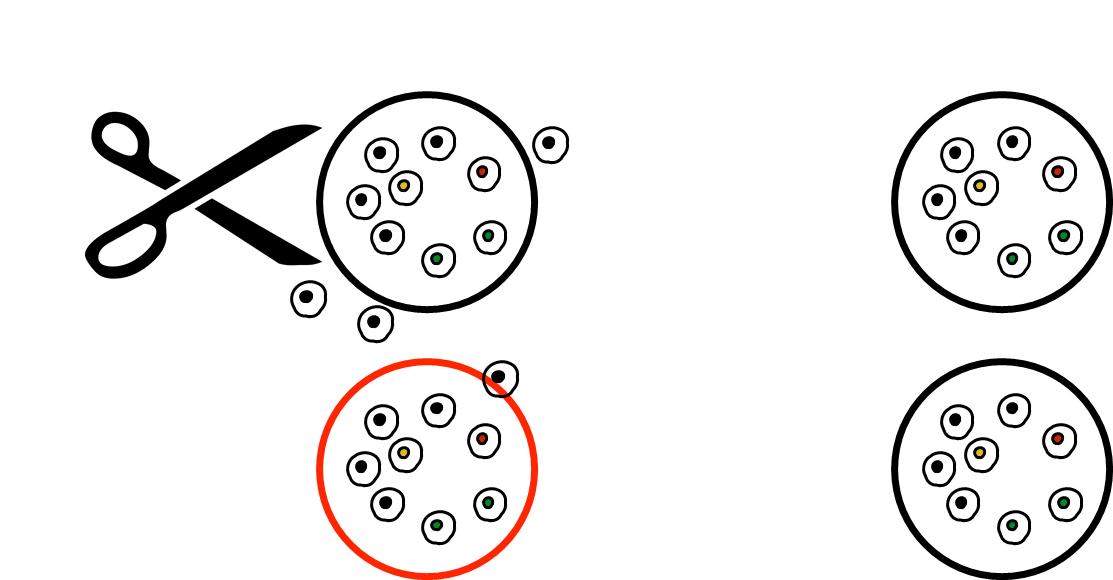 According to Rainey, understanding the evolution of multicellularity is about understanding the evolution of group-level reproduction. In his case, the capacity of mats to leave mat-offspring.
According to Rainey, understanding the evolution of multicellularity is about understanding the evolution of group-level reproduction. In his case, the capacity of mats to leave mat-offspring.
Rainey and colleagues came up with a new idea in which they argued that mats can be seen as a kind of soma, and cheats as a kind of primitive germ line. As such, given appropriate ecological conditions, the tension between cooperation and cheating generates a simple life cycle that allows mats to give birth to baby mats.
Most importantly, the emergence of reproduction at the level of collectives means that collectives participate directly in the process of evolution by natural selection.
Droplet technologies at ESPCI
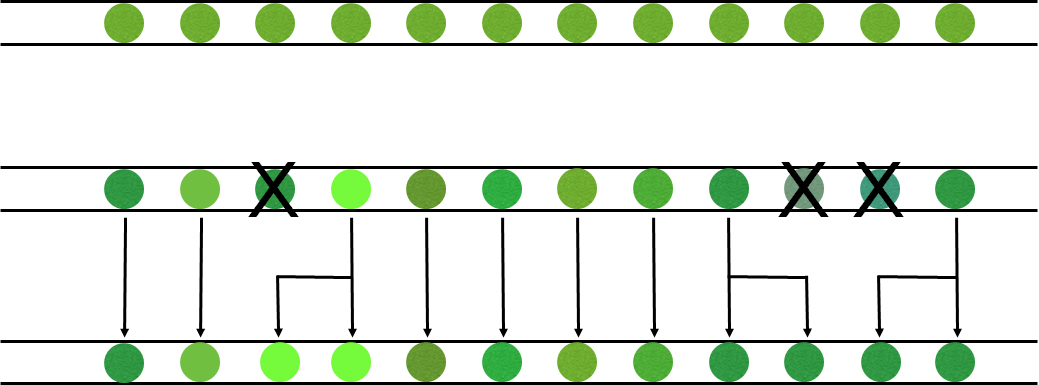 At ESPCI, Rainey and his team are embarking on new avenues of research, still focused on major evolutionary transitions, but on those that involve the coming together of previously separate entities, such as the different cells that fused to generate the eukaryotic cell. Central to their work are millifluidic technologies that allow the culture of many thousands of communities of cells in tiny droplets of media bathed in a film of oil.
At ESPCI, Rainey and his team are embarking on new avenues of research, still focused on major evolutionary transitions, but on those that involve the coming together of previously separate entities, such as the different cells that fused to generate the eukaryotic cell. Central to their work are millifluidic technologies that allow the culture of many thousands of communities of cells in tiny droplets of media bathed in a film of oil.
Built by MilliDrop Instruments, an ESPCI start-up company, the droplet technology is encapsulated by the “Evolution Machine”. Using this machine it is possible to impose on droplets the Darwinian properties of variation, reproduction and heredity and thus to cause droplets to participate in the process of evolution by natural selection. In so doing, one creates the essence of environmental conditions that the researchers believe have existed from time to time on the planet and which have been essential for promoting evolutionary transitions.
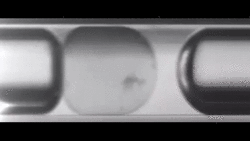
Applications
While the technology and ideas allow some of life’s most basic questions to be studied — including the emergence of life from non-life (a new PSL initiative) — it also has applications in biotechnology, medicine and agriculture.
In particular, it offers possibilities to select properties of communities of organisms that are likely to reveal new chemistries and functionalities. One goal is to see whether the technology can be used to search for new antimicrobial compounds, which are much needed in the current times where many organisms are resistant to existing drugs.
References
Hammerschmidt, K., Rose, C., Kerr, B. & Rainey, P. B. (2014). Life cycles, fitness decoupling and the evolution of multicellularity. Nature 515, 75-79. DOI: 10.1038/nature13884.
